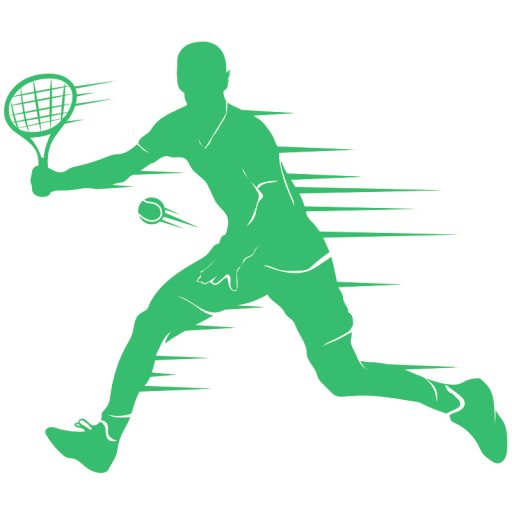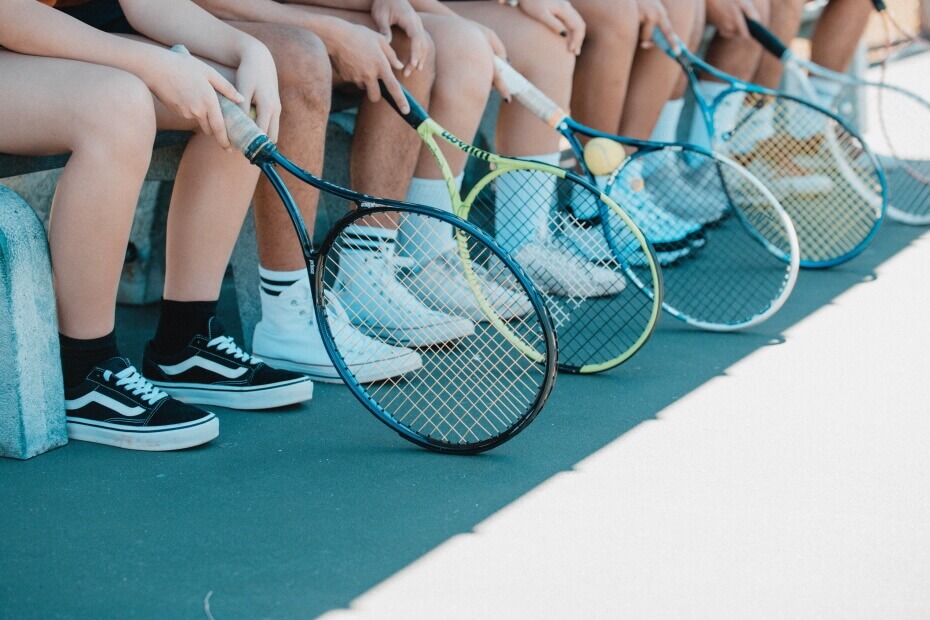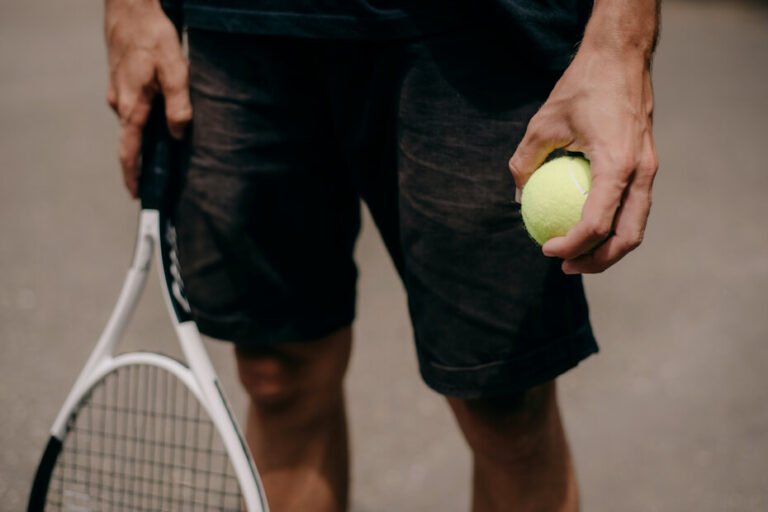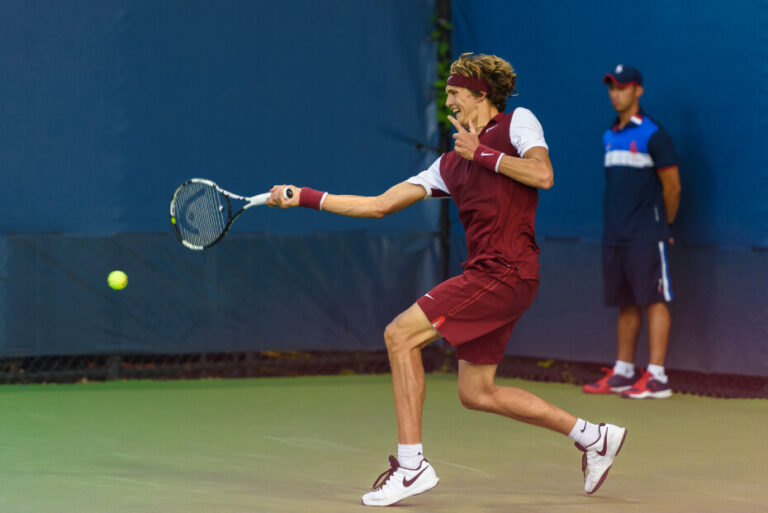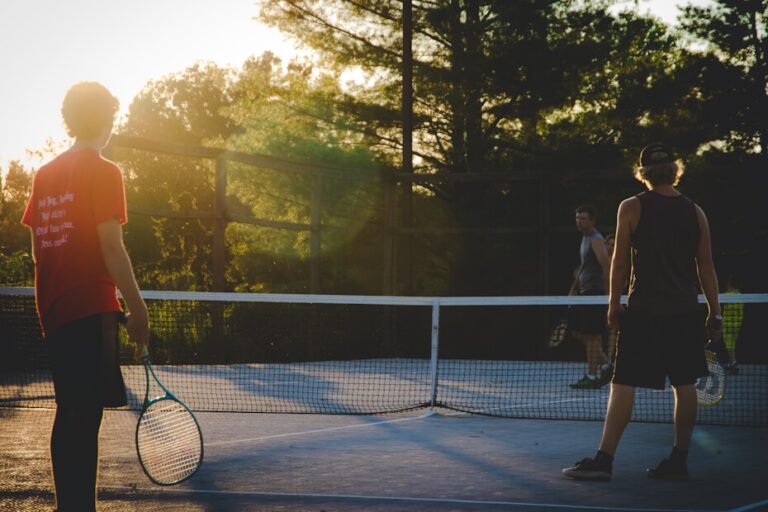Tennis is one of the most popular sports in the entire world. It’s also one of the hardest sports to master. Sure, players like the Williams sisters, Djokovic, Federer, Nadal, etc, all make it look effortless, but in reality, it’s anything but.
Tennis is a sport that takes years to master, along with heaps of patience, athletic ability, endurance, and talent. A good tennis player never stops learning and never stops trying to better themselves which is why the learning never ends. It doesn’t matter whether you’re a complete newbie in the world of tennis, or a seasoned expert, the second you stop learning is the second your opponent surpasses you, and no true tennis player would ever want that, right?
Speaking of newbies, however, if you are a beginner and are just starting out on your tennis journey, no doubt you’ll want to do everything in your power to get the most from your tennis? If so, then it pays to know where you’re going wrong.
Here’s a look at six common tennis mistakes beginners make, and how to avoid them.
Trying to Hit the Ball With Too Much Power
One of the most common mistakes that people new to the game of tennis tend to make, is focussing too much on power and trying to hit the ball as hard as they can. This is a mistake.
Sure, in tennis, a powerful serve, or indeed, a powerful return can be extremely difficult to defend against, but the problem is that hitting a tennis ball very powerfully is not as simple as swinging your arm as hard as possible, it’s all about technique.
If you try to smash the ball as hard as you can, you’ll lose accuracy or may even miss entirely. Instead, just focus on striking the ball cleanly with your racquet and the power will come as your technique improves.
Swinging From the Wrist and/or Elbows
On the subject of trying to hit the ball too hard, a lot of beginners will tend to swing from the wrist or the elbows when hitting the ball, rather than the shoulders, and this is another common tennis mistake you’ll want to avoid.
Ironically, swinging from the elbows or the wrist will result in a lack of power as you can never get any decent power or pace on the ball. Not only that, but you are also risking injury in the form of a tennis elbow and/or a sprained wrist.
When you strike the ball, your swing should always begin from the shoulders as these are stronger and will help generate more power.
Taking Your Eyes Off the Ball
In truth, pretty much any ball game you can think of will require you to keep your eyes on the ball, and tennis is most definitely not an exception to this rule.
When you’re playing tennis, obviously your primary objective is to hit the ball and have it land in your opponent’s half of the court. You don’t want the ball to strike the netting, you don’t want it to land out of bounds, and you certainly don’t want to miss it!
Whenever you’re playing tennis or training, make sure you keep your eyes on the ball at all times. Tennis beginners often make the mistake of looking away, and the second you do that you run the risk of mis-hitting the ball or missing it entirely.
The more you keep your eye on the ball the easier you’ll find it to hit it accurately, plus you’ll also find it easier to anticipate where on the court the ball looks likely to land. Eventually, it will come as second nature to you, and when it does, your game will improve massively.
Using the Wrong Equipment
Another hugely common mistake that tennis newbies tend to make is using the wrong equipment.
Okay, we understand that you’re new to tennis and you aren’t exactly training to make your debut at Wimbledon, but even so, you should still invest in the right tennis equipment for your tennis matches and training sessions or lessons.
One of the most common equipment mistakes that tennis players tend to make when starting out, is using a racquet that is unsuitable for them. Sometimes it’s too small, sometimes it’s too big or too heavy, and sometimes it’s just cheap and flimsy and not up to the job.
When you purchase a tennis racquet, make sure you try it before you buy and get a feel for it. See how it feels in your hand, see how well it connects with the ball, and check for the correct string tension.
As well as your racquet, your clothing is also important as you need to choose shoes that are suitable for the surface you’re playing on. Tennis shoes designed for grass turf surfaces, for example, won’t provide as much grip on a clay surfaced court, so make sure your shoes are suitable for the court you’re playing on.
Not Utilizing Your Backhand
If you’re serious about tennis, you’re going to have to master the backhand sooner or later.
The backhand is not the easiest shot in the world, and consequently, a lot of tennis newbies will avoid playing this shot and instead try to get into a position to play their forehand. The problem is that by the time they’ve adjusted and got into position, the ball will already have landed and bounced out of reach, leaving them down in points.
If you want to get better at tennis, you’re going to have to hit backhand shots at some point, so you may as well start practicing them now.
Improper Balance
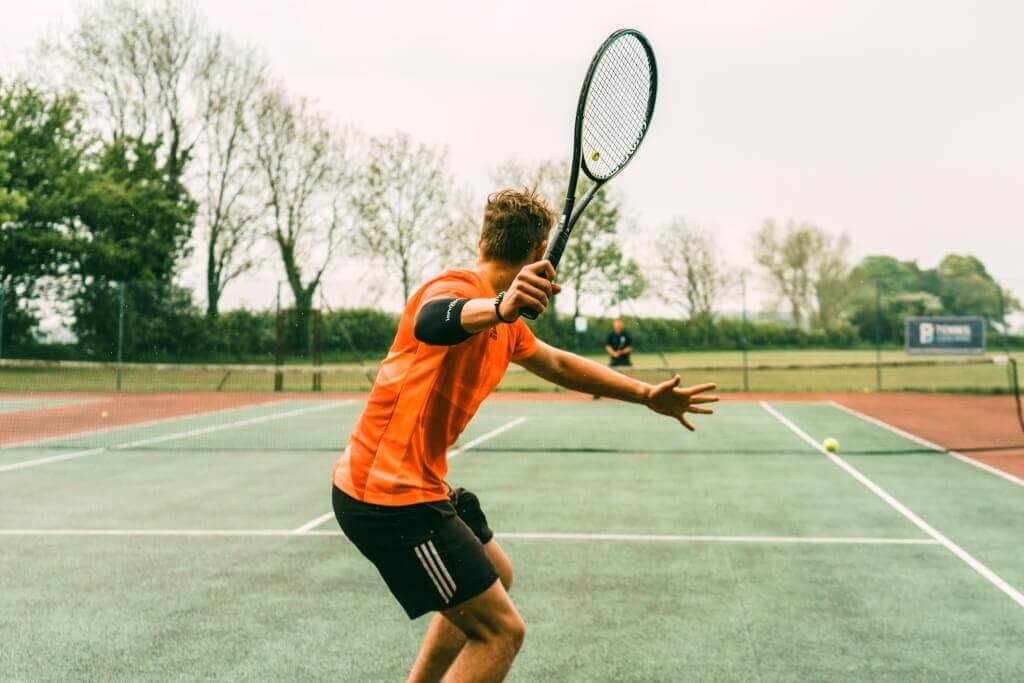
In tennis, balance is everything, which is why so many beginners find themselves making mistakes when starting out, largely due to incorrect posture and body shape.
If you are unbalanced, sure, you may get lucky and still hit your shot, but you certainly won’t be able to put any decent pace on the ball or control it in any way either.
To ensure you’re balanced correctly you will need to widen your stance, bend both knees, and then outstretch your non-playing arm, in unison. With these three actions together, your shot accuracy will improve, and you’ll also be able to put more speed and power into your shots.
